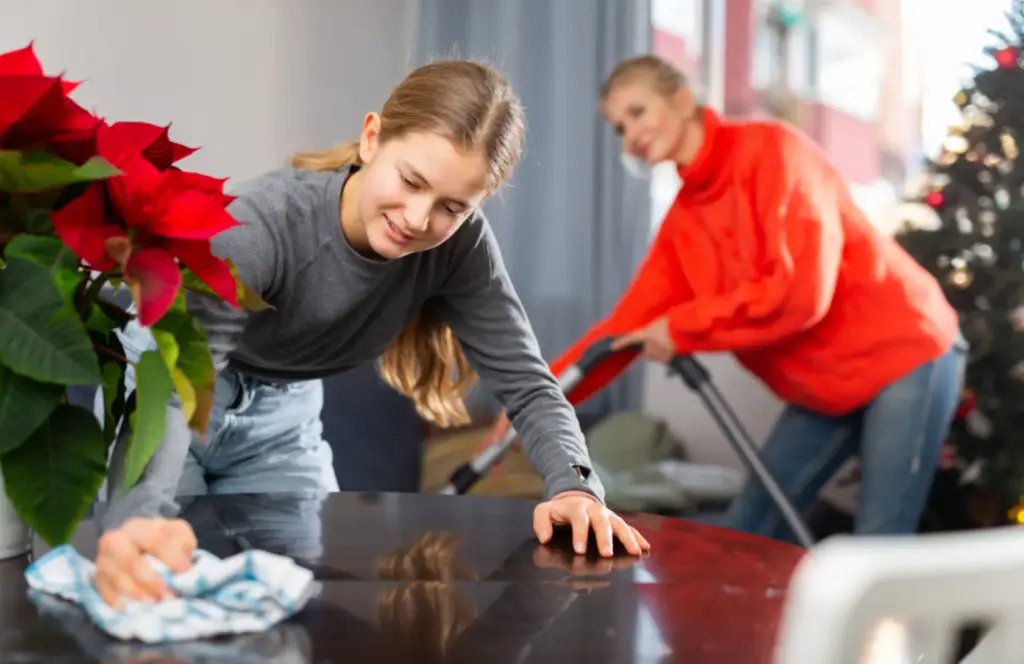
Understanding Pest Behavior in Winter
Seeking Warmth and Shelter: Most pests invade homes in search of warmth. Understand the common entry points such as gaps around doors, windows, and utility lines.
Food and Water Sources: Pests are also on the lookout for food and water. Ensure all food items are stored in airtight containers and fix any leaky pipes or faucets to cut off water sources.
Proactive Home Inspections
Regular Check-Ups: Schedule regular inspections to identify potential risks and vulnerabilities in your home structure that could invite pests.
Effective Pest Control Solutions
Physical Barriers: Employ physical barriers such as screens on windows and doors to prevent pests from entering.
Common Winter Pests and Their Signs
Rodents: Look for droppings, gnaw marks, and greasy rub marks along walls.
Spiders: Keep an eye out for webs in corners of rooms, windows, and in less frequented places.
Cockroaches: Watch for cockroaches emerging from hiding places in the kitchen and bathroom at night.
Prevention Tips
Maintain Cleanliness: Regular vacuuming and decluttering can reduce hiding spots for pests and help you spot signs of infestation earlier.
Proper Food Storage: Store food in sealed containers and never leave open food out on counters.
Expert Assessments: A professional can provide a more thorough assessment of your pest risks and tailor an intervention plan that is safe for your family and pets.
Follow-Up Services: Ensure ongoing protection with scheduled follow-up visits and adapt treatments as needed based on activity level and seasonal changes.
Wintertime Pest Myths Debunked
Myth: Pests die in the winter.
Fact: Many pests simply enter a dormant state or find warm places to overwinter.
Myth: My home is too clean for pests.
Fact: Pests can find resources in even the cleanest homes.
Holiday Decorations and Pest Risks
Here’s how to ensure that your decorations bring only joy and not unexpected guests into your home.
Inspecting Your Decorations
Before decking the halls, take the time to thoroughly inspect each decoration. Look for signs of pest activity such as droppings, gnaw marks, or spider webs. Soft materials like fabric decorations are particularly prone to moth infestations, so keep an eye out for holes or larvae.
Cleaning Techniques
- Vacuuming: Use a vacuum with a hose attachment to remove dust, spider webs, and any potential pests hiding in the crevices of your decorations.
- Wiping Down Surfaces: For items that can withstand moisture, a good wipe-down with soapy water or a mild cleaning solution can help remove any residues that might attract pests. Ensure everything is dry before packing it away again.
- Using Compressed Air: For delicate or intricate decorations, compressed air can be an effective tool to blow out dust and small insects without damaging the items.
Storage Solutions
- Artight Containers: Invest in clear, airtight storage containers to keep pests out. These not only offer better protection but also allow you to see inside easily, which can help in identifying any pest issues early.
- Proper Labeling: Clearly label all containers with their contents and the date, making it easier to rotate and inspect items periodically.
This winter, take proactive steps to ensure your home remains pest-free. Advanced IPM is your partner in creating a safe, comfortable environment free from the stress of pests. Stay warm, stay safe, and let Advanced IPM handle the rest.
Frequently Asked Questions
Can pests still get into my home during winter, even when it’s cold?
Yes — many pests don’t die off in cold weather. Instead, they seek warmth, shelter, food, or water, and will try to sneak in through cracks, gaps, or utility penetrations. Your home can become a cozy hideout for rodents, spiders, cockroaches, and other overwintering pests.
What kinds of pests are most likely to invade my home in winter?
In winter, some of the most common indoor pests include mice and rats (rodents), spiders, cockroaches, ants (especially nuisance/occasional ants), and sometimes stored-product pests in pantries. These pests look for food, moisture, and warmth inside homes.
What are the typical entry points pests use in cold weather?
Some common entry points include:
Cracks or gaps around windows and doors
Unsealed gaps around plumbing, wiring, or utility lines
Vents, crawl spaces, and attic access
Damaged siding, eaves, or roof penetrations
Basements or foundations with unfinished or cracked walls
Sealing and weather-stripping these areas can reduce the chances of pest intrusion.
How often should I inspect my home for pest-entry vulnerabilities?
It’s ideal to do at least a seasonal inspection (e.g. ahead of winter) and then follow up mid-winter. Check for new cracks, deteriorating caulking, roof or siding damage, and signs of pest activity (droppings, rub marks, gnawing) regularly.
Will my home’s cleanliness alone prevent pests?
Cleanliness helps a lot, but it’s rarely enough by itself. Even in a clean home, pests can find food or harborage in unexpected places (paper, cardboard, insulation, stored items). That’s why combining sanitation with sealing, inspection, and barrier methods is more effective.
Should I be worried about pests when unpacking holiday decorations?
Yes — soft or stored decorations (wreaths, garlands, fabric items) may contain insect eggs, larvae, webs, or pests. Before decorating, inspect each item, shake it outdoors, vacuum or wash surfaces, and ensure things are dry. Store decorations later in sealed bins to reduce pest risk.
Are you looking for indoor pest prevention?
Give us a call! Our friendly team members are ready to answer your questions and even set up a no-charge inspection with one of our licensed techs. Call today!
